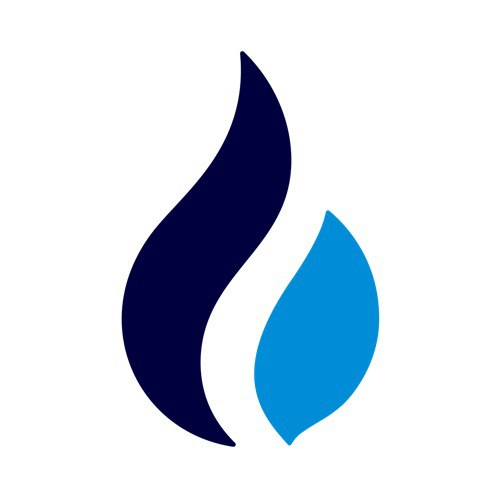
POND
项目开始时间

2020年12月22日
关于
Background IntroductionMarlin is a decentralized protocol that provides high-performance programmable network infrastructure for Web3 and decentralized applications (dApps). It aims to enhance blockchain scalability and efficiency by optimizing network communication layers. The project focuses on improving data transmission speeds and reducing latency across decentralized networks, making it particularly relevant for DeFi, gaming, and other high-throughput applications.Core Website ContentThe Marlin website primarily showcases its network protocol solutions including relay networks, metanodes, and gateway services. It emphasizes three main products: FlowMint (node participation), OpenWeaver (SDK for developers), and Delta (bandwidth marketplace). The site features technical documentation, ecosystem partnerships (with chains like Ethereum and Polygon), and governance mechanisms through its MPOND and POND tokens.Technical FeaturesMarlin employs several innovative technologies: 1) A relay network using libp2p for efficient message propagation 2) Clusters of metanodes that optimize routing 3) Gateway nodes for cross-chain communication 4) FlowMint's proof-of-stake mechanism with slashing conditions 5) OpenWeaver SDK supporting multiple programming languages. The protocol claims to reduce block propagation time by 50-90% compared to standard p2p networks.Token EconomicsMarlin has a dual-token system: 1) POND - The liquid ERC-20 token used for payments, staking (with 15-20% APY), and governance voting 2) MPOND - The non-transferable governance token (1 MPOND = 1M POND). Total POND supply is 10B with current circulating supply around 1.5B. Token utilities include paying for network services, staking to operate metanodes, and participating in protocol upgrades through governance.Competitor ComparisonKey competitors include: 1) Chainlink (decentralized oracle networks) - Marlin focuses more on raw data transmission rather than external data feeds 2) Celestia (modular blockchain) - Both address scalability but Marlin operates at network layer while Celestia works at consensus layer 3) The Graph (indexing protocol) - Complementary rather than direct competition. Marlin's unique value proposition lies in its specialized networking protocol optimized for Web3 applications.Risks and ChallengesMajor challenges include: 1) Adoption risk - Requires significant network effects to outperform existing p2p solutions 2) Technical complexity - Operating metanodes requires substantial technical expertise 3) Regulatory uncertainty around dual-token models 4) Competition from layer-2 scaling solutions that might reduce demand for network-layer optimizations 5) Potential centralization pressures as large stakers dominate metanode operations.Industry FutureAs blockchain usage grows, network infrastructure projects like Marlin could become increasingly vital. Key trends favoring Marlin: 1) Rising demand for cross-chain communication 2) Growth of latency-sensitive dApps (DeFi, gaming) 3) Need for decentralized alternatives to traditional CDNs. The project is well-positioned if it can establish itself as the standard networking layer for major blockchain ecosystems.ConclusionMarlin presents an ambitious technical solution to blockchain networking challenges, with a clear focus on performance optimization. Its dual-token model and staking mechanisms create interesting economic incentives. While facing significant adoption hurdles, the protocol addresses genuine pain points in Web3 infrastructure. Success will depend on developer adoption, maintaining decentralization, and demonstrating tangible performance improvements over existing solutions. 更多>

























































 看多
看多
 看空
看空